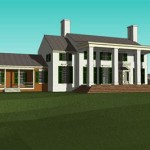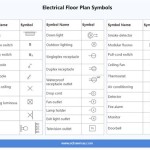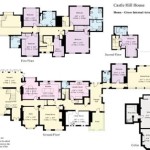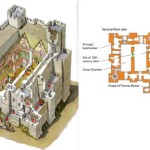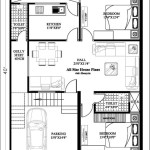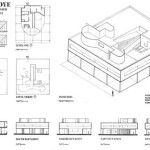Create Your Own House Plan
Creating a personalized house plan is a rewarding endeavor, allowing individuals to design a living space tailored to their specific needs and preferences. While architectural expertise is essential for finalizing and executing the plan, understanding the initial stages of the design process empowers individuals to effectively communicate their vision. This involves several key considerations, from assessing lifestyle needs to understanding site conditions and budgeting.
Assessing Lifestyle Needs
The first step in creating a house plan involves a thorough examination of lifestyle requirements. This introspection ensures the resulting design caters to both current and future needs. Key considerations include:
- Number of bedrooms and bathrooms required
- Desired size and layout of the kitchen and dining areas
- Necessity of dedicated spaces for work or hobbies
- Provision for guests or extended family
- Accessibility requirements
- Storage needs
- Outdoor living spaces and landscaping
Understanding Site Conditions
A comprehensive understanding of the building site is crucial for a successful house plan. Ignoring site conditions can lead to costly modifications or even render the design unfeasible. Essential factors include:
- Site topography, including slope and elevation
- Soil type and bearing capacity
- Orientation and sun exposure
- Prevailing wind patterns
- Local zoning regulations and building codes
- Location of utilities and easements
- Surrounding vegetation and views
Establishing a Budget
A realistic budget is paramount for a successful house plan. Unforeseen expenses can quickly derail a project, so careful planning and cost estimation are essential. Key budget considerations include:
- Cost of land acquisition (if applicable)
- Architectural and engineering fees
- Construction materials and labor costs
- Permitting and inspection fees
- Landscaping and exterior improvements
- Contingency funds for unexpected costs
Developing a Preliminary Floor Plan
Once lifestyle needs, site conditions, and budget are defined, the next step is developing a preliminary floor plan. This initial sketch provides a visual representation of the desired layout and spatial relationships. Key elements to consider include:
- Room placement and flow
- Traffic patterns within the house
- Window and door placement for natural light and ventilation
- Integration of outdoor living spaces
- Furniture placement and scale
Refining the Design
The preliminary floor plan serves as a starting point for further refinement. This iterative process often involves multiple revisions and adjustments based on feedback and further analysis. Critical aspects of refinement include:
- Optimizing space utilization and efficiency
- Ensuring compliance with building codes and regulations
- Incorporating sustainable design principles
- Considering energy efficiency measures
- Evaluating material choices and finishes
Collaborating with Professionals
While developing initial concepts independently is valuable, collaborating with qualified professionals is essential for finalizing and implementing the house plan. Key professionals to consult include:
- Architects for design expertise and technical drawings
- Structural engineers for ensuring structural integrity
- Contractors for cost estimation and construction management
- Interior designers for aesthetic guidance and material selection
- Landscape architects for outdoor space planning
Utilizing Design Software
Various software applications can aid in the design process, offering intuitive tools for creating and visualizing house plans. These tools can simplify the process, allowing for easier experimentation and modification. Key benefits of using design software include:
- Creating accurate and scaled drawings
- Visualizing the design in 2D and 3D
- Experimenting with different layouts and configurations
- Generating material lists and cost estimates
- Facilitating communication with professionals
Reviewing and Finalizing the Plan
Before construction begins, a thorough review of the final house plan is crucial. This ensures all aspects of the design align with the initial vision and meet all necessary requirements. Key considerations during the final review include:
- Confirming accuracy and completeness of the drawings
- Verifying compliance with building codes and regulations
- Ensuring all necessary permits are obtained
- Finalizing material selections and specifications
- Reviewing the construction contract and timeline

Design Your Own Home House Designing Homes

House Plans How To Design Your Home Plan

Make Your Own Blueprint How To Draw Floor Plans

Make Your Own Floor Plans

From Sketch To Reality How Design A House You Ll Love

Make Your Own Blueprint How To Draw Floor Plans
Custom Floor Plans Making Your Home Uniquely Yours Lake City Homes

House Plans And Design

Altaira House Plan Custom Home Plans Sater Design Collection

Floor Plans Solution Conceptdraw Com

